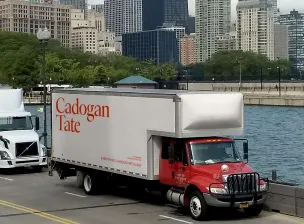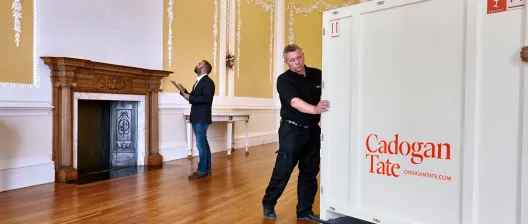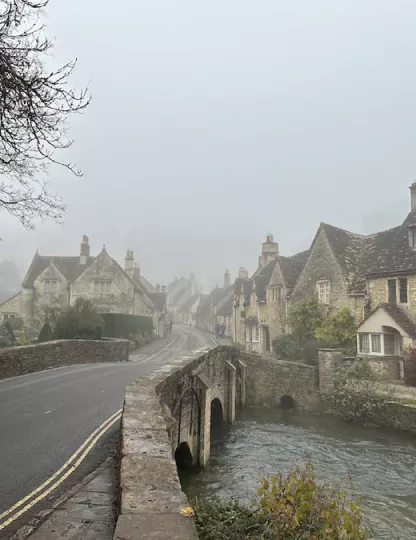Origins of Form: Henry Moore unravelled
It’s always fascinating to see where greatness emerges, the twin joy being the feeling that you’ve somehow stumbled across something you shouldn’t have; and feeling a sense of calm at how modest the inception of magnitude can be.
You don’t feel so bad, irrespective of the significance of an individual and his work in a chosen field. In some ways you feel empowered, the severity of your own self-critique – what have I achieved? – less austere.
It’ll be interesting then to know what people think when they get a sizeable glimpse into the workings of the master of modernist sculpture Henry Moore, who, from February onwards is the subject of an exhibition at the Gagosian Gallery in London.
Through recreating his maquette studio at Perry Green in Hertfordshire – which is now home to The Henry Moore Foundation – Wunderkammer: Origins of Form, explores some of the starting points, processes and inspirations behind some of his artistic endeavours.
His Wunderkammer – which, as an FYI, translates as cabinet of curiosities – includes natural stones, shells, bones, animal skulls and other found objects, will be on show alongside some of his drawings and sculptural maquettes that they inspired, the gallery explained.
It’s quite a magical thing, seeing how, for example, these rudimentary artefacts, so trivial to us these days, enthused Moore to come up with various concepts, the inanimate metamorphosis into the sublime that was his distinct style.
“The observation of nature is part of an artist’s life, it enlarges his form-knowledge, keeps him fresh and from working only by formula, and feeds inspiration,” the artist once said.
“I have found principles of form and rhythm from the study of natural objects such as pebbles, rocks, bones, trees, plants … there is in nature a limitless variety of shapes and rhythms … from which the sculptor can enlarge his form-knowledge experience.”
Moore would often cast these natural specimens – nature’s art, if you want to frame them against the awe-inspiring canvas of this planet’s landscape – into plaster, without further intervention, the Gagosian Gallery explains, “as the first step of their absorption into his vast figurative idiom”.
Curated by Richard Calvocoressi, director of the Henry Moore Foundation, Wunderkammer is, in some ways, quite a modest show, for the fact that everything is so noticeably smaller than much of his monumental semi-abstract bronze sculptures, which are on show around the world as public works of art.
Yet, there is real weight to it, very much for the reason that it deals with origins. Joining the dots from the seemingly to the seemingly mundane to the obviously brilliant, is a lot fun, its humbling and, if anything, an absolute treat.
Wunderkammer: Origins of Form at the Gagosian Gallery in London runs until April 2nd 2015.
Cadogan Tate has extensive experience in shipping fine art all over the world.



